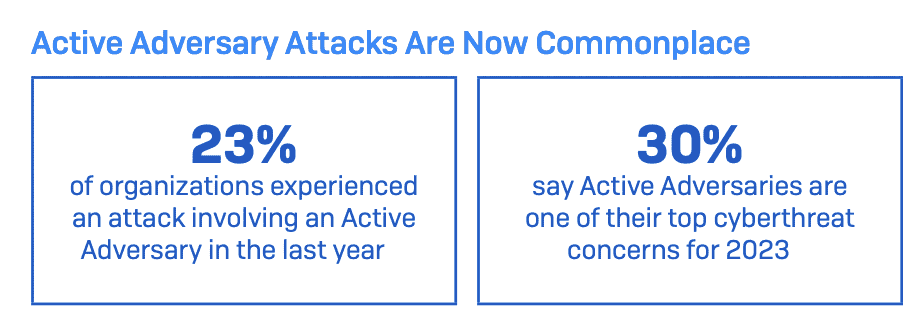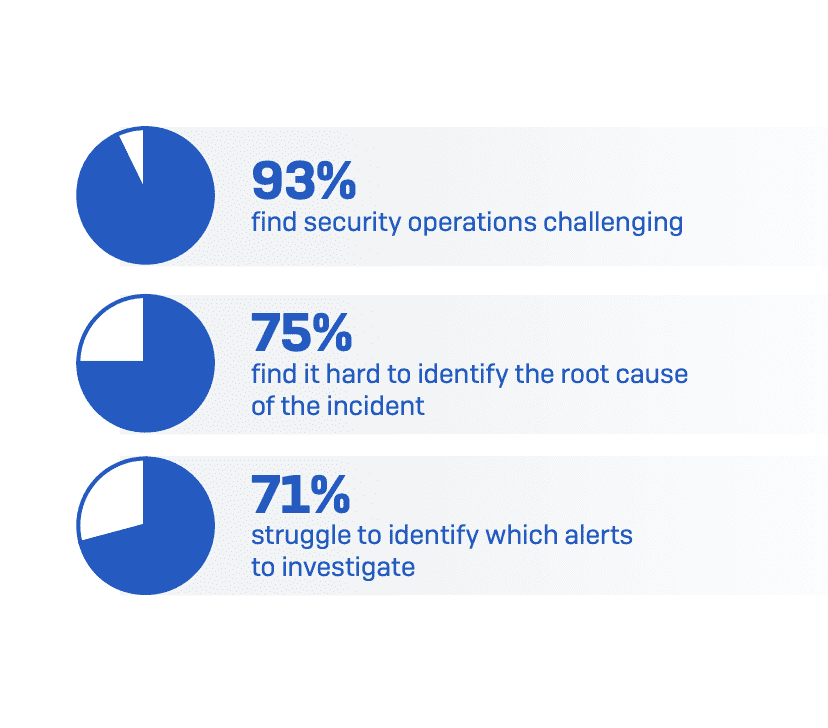Organisations in Asia Pacific and Japan struggle to perform some essential security operation tasks s such as threat hunting, with 93% of those polled in a recent Sophos survey saying they are a challenge.
These challenges also include understanding how an attack happened, with 76% of respondents stating they have challenges identifying the root cause of an incident. This can make proper remediation difficult, leaving organisations vulnerable to repetitive and/or multiple attacks, by the same or different adversaries, especially since 71% of those surveyed reported challenges with timely remediation.
In addition, 74% said they have challenges understanding which signals/alerts to investigate, and 71% reported challenges prioritising investigations.

These are some of the key findings in a survey report entitled “The State of Cybersecurity 2023: The Business Impact of Adversaries on Defenders”, which surveyed 3,000 leaders responsible for IT/cybersecurity across 14 countries. The survey was conducted in January and February this year.
"Today's threats require a timely and coordinated response. Unfortunately, too many organisations are stuck in reactive mode. Not only is this having an impact on core business priorities, but it also has a sizeable human toll, with over half of global respondents stating that cyberattacks are keeping them up at night,” said John Shier, field CTO, commercial, Sophos.
“Eliminating the guesswork and applying defensive controls based on actionable intelligence will let IT teams focus on enabling the business instead of trying to douse the eternal flame of active attacks.”
John Shier, Sophos
Additional findings include:
- 50% of organisations surveyed said that cyberthreats are now too advanced for their organisation to deal with on their own
- 63% wish the IT team could spend more time on strategic issues and less time on firefighting, and 55% said that the time spent on cyberthreats has impacted the IT team’s work on other projects
- While 94% said they are working with external specialists to scale their operations, the majority still remain involved with managing threats rather than taking a fully outsourced approach
"Only one fifth of respondents globally considered vulnerabilities and remote services a top cybersecurity risk for 2023, yet the ground truth is that these are routinely exploited by Active Adversaries,” said Shier.

“This cascade of operational issues means that these organisations aren't seeing the full picture and are potentially acting on incorrect information. There's nothing worse than being confidently wrong. Having external audits and monitoring helps eliminate blind spots. We can look at you the way an attacker does.”
John Shier, Sophos






